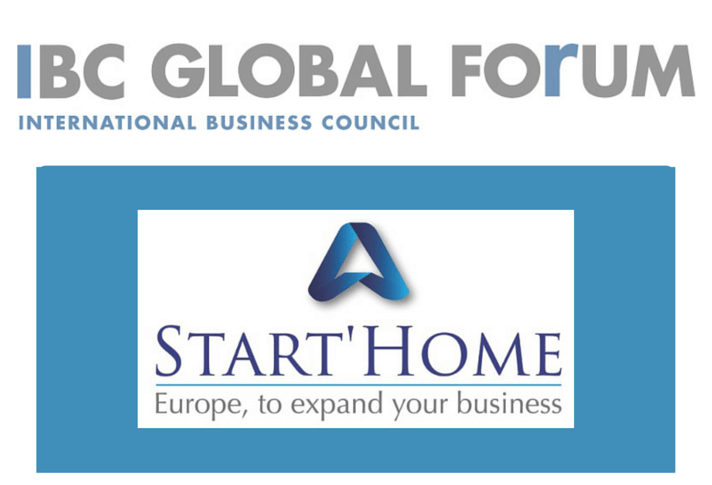This is Part Four of a four part series.
Part One
Part Two
Part Three
Action Plans
Building upon the reports from the discussion groups, Mr. Boutet offered check lists for how to approach entering a market, centered on the SWOT analysis described earlier. He closed by presenting a case study of his firm’s work with one company as it planned its entry into a new market channel.

- Understand where you can sell and weigh where you have the best chances
- Set your objectives
- Understand the values of your potential clients
- Become an actor in their businesses
- Create a strategy and action plan
- List potential clients
- Study markets
- Fix priorities among potential clients
- Find opportunities to start the business
- Adapt policies to EU market
- Adapt marketing
- Prepare presentations in various languages
- Show kinds of products or categories that could interest each channel or client
- Send samples and follow up to introduce your company
- Go to international fairs to reach distributors.
- Use your presence at fairs to invite all potential clients to visit you. Know who you want to invite and contact them directly. Keep in touch.
- Logistics: Be ready with partner in logistics to deliver store by store
- Consider the importance of private label. Some categories are exclusively private label, others are 50%
- Set the agenda for partners, map out the calendar for activities month by month
Learn that European habits are not the same as in your domestic market. Your company may be well-known in your own market but remains unknown in the European market. However, with proper planning you have a good chance to penetrate your chosen category. Prepare with knowledge and strategy to be an efficient partner for retailers and answer consumer demands.
Mr. Boutet then presented the process by which START’Home assisted Victorinox, best known for its iconic Swiss Army knife, to expand beyond its traditional specialty and department store channels to enter the mass market. Victorinox, founded in 1884, is a leader in professional kitchen knives as well as a maker of men’s and women’s apparel and other products. Victorinox relied heavily on sales in airport duty-free shops and after the events of 9/11/2001, it lost 20% of its business because knives were no longer allowed on airplanes. The company successfully entered mass market channels internationally with a detailed strategy.

![]()



